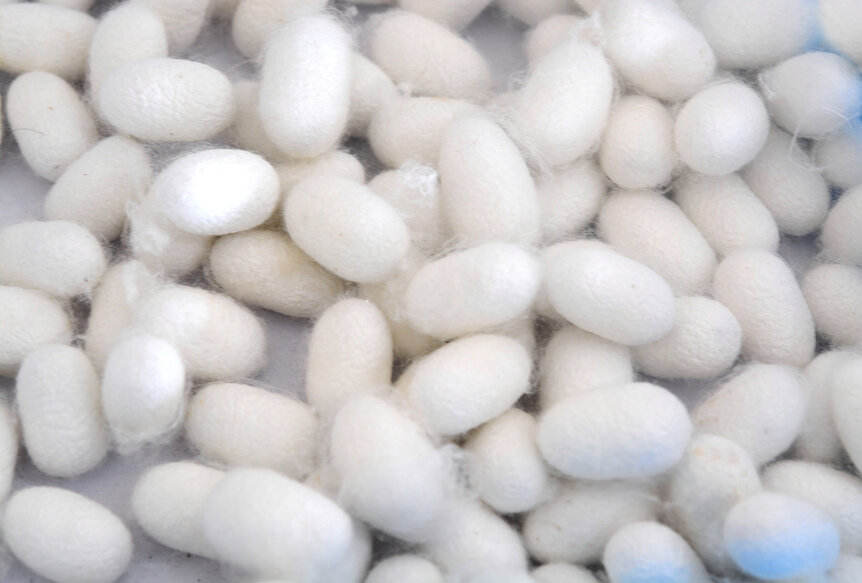Create a free profile to get unlimited access to exclusive videos, sweepstakes, and more!
Silkworm-Spider Hybrids Spin Bulletproof Silk
For when you want to be safe, and look good too.
Surviving in the deadly world of John Wick (streaming now on Peacock) takes street smarts, a kill or be killed attitude, and a surplus of moxie. It also requires protection. Nothing short of plot armor can protect you from every single bullet slung your way, and the regulars at The Continental (streaming on Peacock September 22) would do well to find some bulletproof clothes, and fast.
Of course, when you’re a professional assassin you don’t want to sacrifice style for safety. Fortunately, real world scientists are working on the perfect solution for the fashion-conscious killer: silk that’s stronger than Kevlar.
The Strength of Spider Silk With the Chill Vibes of a Silkworm
Most of the world’s silk is produced by the larvae of the Bombyx mori moth, more commonly known as silkworms. They’ve been cultivated for the task over the course of centuries, and they’re well suited to the job. Silkworms can be farmed, they produce a significant amount of silk, and most importantly, they are cooperative. You can keep thousands of them together in the same room and they’ll happily crawl around and spin their cocoons.
RELATED: Thwip, Thwip! Spider Silk Traps Cancer Cells in Its Web
The only real downside is that silkworm silk isn’t as good as silks produced by some spiders. People have tried, over the years, to farm spider silk in the same way, but it doesn’t go well. If you put a few thousand spiders together in an enclosure, they’ll fight one another to the death like Highlander, until there is only one (or a few) left.
The real trick would be to coax silkworms into producing spider silk. Now, scientists have made a huge step in that direction with the successful creation of transgenic (genetically modified) silkworms, according to a study published in the journal Matter.
Researchers took a relatively small spider silk protein called MiSp from an East Asian orb-weaving spider and inserted it into the silkworm genome using CRISPR. The edit targeted the proteins responsible for silk production in the silkworm, but left some of the supporting architecture in place.
The resulting hybrid silkworm produced fibers which were not quite as strong as some spider silks but much stronger than conventional silkworm silk, and about six times as strong as Kevlar. Researchers also hope to develop even stronger strains of silk which, once cultivated and scaled, could produce new lightweight and strong materials for use in airplanes, spacecraft, and more.
While you probably won’t find it in bulletproof vests or on the rack at Macy’s anytime soon, it does have potential applications in surgical sutures, bandages, and other medical situations. Of course, if John Wick wanted a suit made of transgenic spider silk, he could get one. Who’s going to tell him no?
Catch up on the John Wick series in advance of The Continental, streaming on Peacock September 22.































